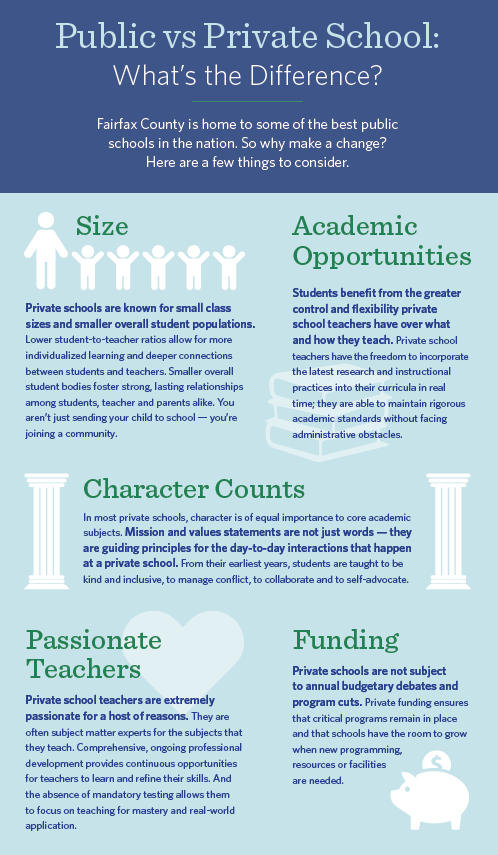Independent schools’ small size, agility, and freedom from stringent academic requirements have allowed them to successfully transition to digital learning during the COVID-19 pandemic, which gives them a significant advantage over public school districts and should appeal to prospective families. As they work to ensure all seats are filled in next year’s class, enrollment managers have an opportunity to use targeted ads and content marketing to generate new leads by showcasing independent schools’ strengths during the crisis.
Flint Hill School in Oakton, Virginia, is targeting prospects at the top of the funnel by running ads directed at the parents of children enrolled at a local, high-performing school district. The ad shown below is being seen by these parents at a time when they may be disgruntled by the district’s rocky start to launching online learning during the pandemic.

The language in this ad challenges an assumption that many parents at an elite public school district may have: that there is no major difference between public and private schools. After acknowledging that the local district “has some of the best public schools in the nation,” prospective families are prompted to click to find the answer to the question, “So why make a change?”
The link takes prospects to a page to access an infographic that describes the private-school advantage, including small school size, greater and more flexible academic opportunities, and the freedom of private funding, among others.

However, to download this infographic, parents must first fill out a form asking for basic information including email, parent name, and information about their child, such as whether they have ever attended a private school and what grade they are in. Finally, it asks whether parents would like to opt in to receiving text messages with information about enrollment at Flint Hill.

By collecting this information, Flint Hill is converting prospects into leads and expanding the number of new families it captures at the top of the funnel. This strategy is a classic example of using content marketing to generate leads. Content marketing is an approach that utilizes promotional media to provide value to a consumer, whether educational or entertainment, to generate brand interest. The slides below outline the three-step process to use content marketing to capture leads, and also provide a real-world example from independent school Sewickley Academy.
- Expanding the Enrollment Funnel: Best Marketing and Communications Strategies to Enhance the Prospect Pool
- Making Your Digital Ads Count: 12 Lessons on New and Emerging Techniques in Independent School Recruitment Marketing
- The Digital Drawing Board: The 12 Essential Elements of a Successful Digital Enrollment Strategy
